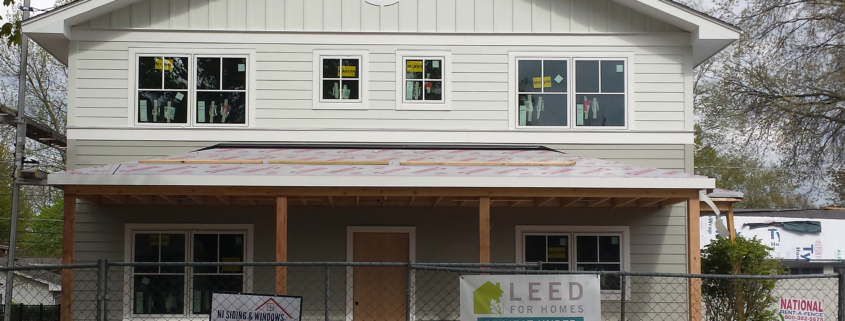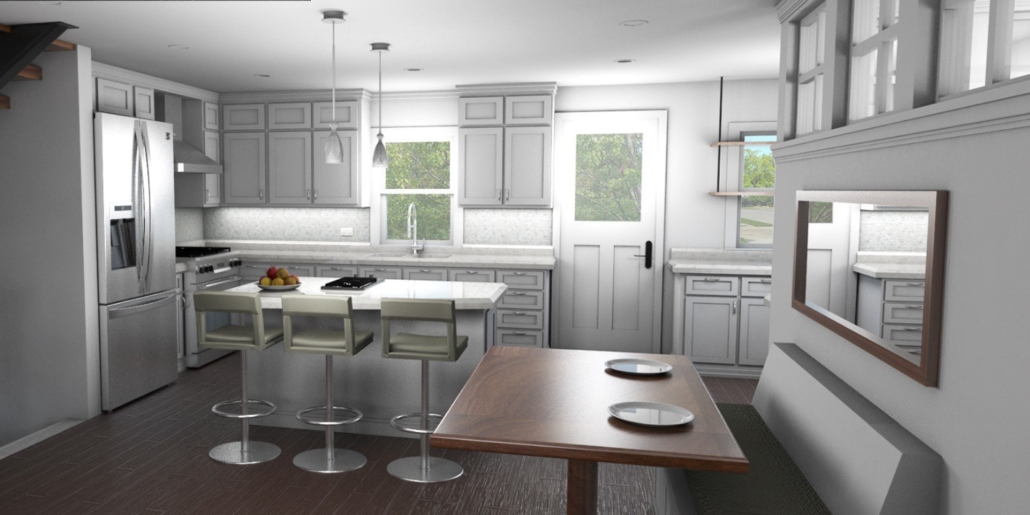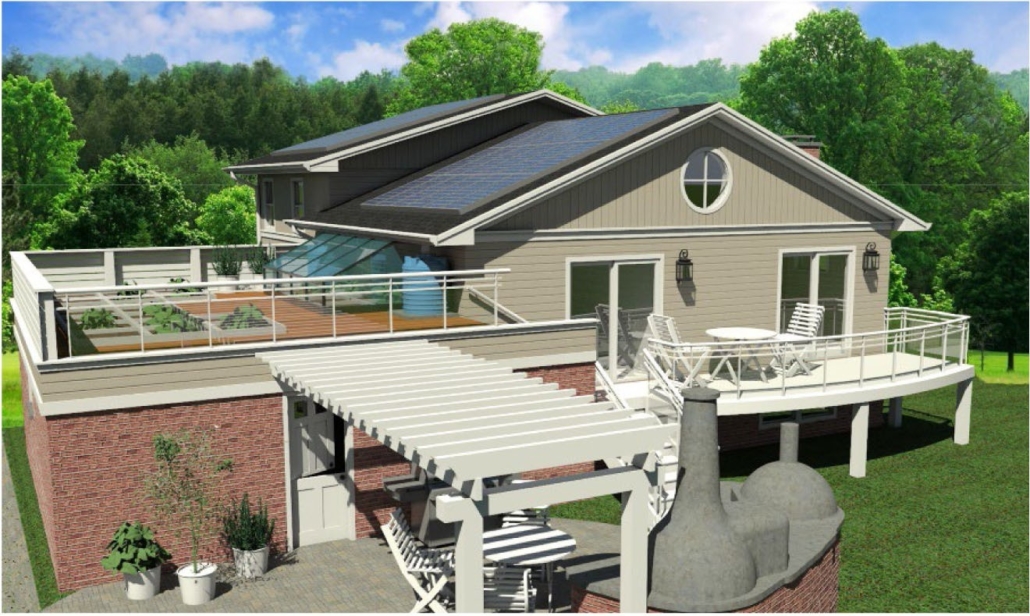When you are trying to make your home more environmentally friendly, you are helping to improve the environment. Home sustainability should reduce the cost of running your home by conserving energy, water, system, and appliance maintenance. You also make a better environment for yourself, your family, and your pets.
We gathered some experts that helped us creating this article that will answer some of those questions that we normally have when trying to take more sustainable practices at
home.
Section 1: Introduction
How to Choose the Most Sustainable Materials When Building a Home?
When you decide to build an eco-friendly, sustainable home, start out with a detailed plan that will create guidelines to keep your budget on track, allowing you to make “best practice” selections for your building materials.
An architect or designer experienced in green building practices will make sure that your plans work hand-in-hand with local sustainable resources and should be able to provide a list of distributors that sell these products.
Your involvement in the process of material selection should start by verifying product data sheets for material composition, air, and vapor permeability, as well as application and installation instructions that show conformation to guidelines established by LEED and other green building organizations. For wood products, make sure they are certified by the FSC (Forest Stewardship Council) to ensure that sustainable forest harvesting practices are being maintained.
Building your home with sustainable materials requires a substantial time investment but it will help keep the forests productive, the air clean, and contribute to a healthy environment for everyone.
Matt Lee
Innovative Building Materials
How do you go green in construction?
Building Green means committing to the 5 pillars of Green. Energy | Health | Materials | Water | Place.
To measure this and know you are on track, you need 3rd party green building certification. This includes but is not limited to the LEED for Homes, GreenStar Homes Certification, NGBS Green Certification, or the Passive House program.
Each of these programs is a tool in your tool belt to guide you on ensuring your project is not just energy-efficient but also meetings the other important areas of green, especially having a healthier home.
Use their resources through design, construction, and even into how to operate your home.
Brett Little
Green Home Institute
How Can I Start Being Sustainable at Home?
Being sustainable at home means different things for everyone. The most important first step is to figure out what your goals are. Do you want to lower your footprint? Do you want to improve indoor air quality? Do you want to reduce toxins to support a healthy family? Getting clear on your WHY and then being strategic about the steps you can take to reach your goals will help you stay focused on what matters most to you, and avoid the overwhelm of trying to do too much. If creating a healthier home is part of your why, I’ve got resources and tools to help you! Visit greenathome.ca for free downloads, articles, podcasts, and more.
Emma Rohmann, environmental engineer, mom of 2, and founder of Green at Home
Section 2: Energy

What Can I Do to Save Energy at Home?
Sometimes our homes need to have some improvements that could help our energy bills go lower and also take some small personal steps towards realizing a clean(er) energy household. Some of these changes that I’ve personally tried are changing all the light bulbs at home for fluorescent lights or LED’s, adding insulation from recycled fabrics, getting bigger indoor drying racks so that we don’t use the dryer when it’s not needed, and also, replacing the oldest and leakiest windows in the house.
So, there are small changes that don’t need too much investment that you can start making at your own place to see how your energy bills go lower while you are helping the environment.
Jennifer S. Rennicks, Senior Director of Policy & Communications
Southern Alliance for Clean Energy
Can an Energy Audit Help My Energy Conservation?
A home energy audit or assessment helps you understand how your home uses energy. By using a blower door and an infrared camera, an energy technician can see exactly where your home is losing energy and can help you plan for home upgrades to stop energy loss! Make an energy audit the first step in your energy conservation journey so that you have an informed plan to maximize your energy savings.
Emma Baumgart
Elevate
What are the different types of solar panels in the market? Which are their benefits and disadvantages?
- Monocrystalline Solar Panels
Also known as single-crystal panels, these are made from a single pure silicon crystal that is cut into several wafers and can be easily identified by their dark black color. The use of pure silicon also makes monocrystalline panels the most space-efficient and longest-lasting among solar panel types. This comes at a cost, though: a lot of silicon is wasted to produce one monocrystalline cell, sometimes reaching over 50%, which can result in a higher price. Efficiency rating: over 20%
- Polycrystalline Solar Panels
As the name implies, these come from different silicon crystals instead of one. The silicon fragments are melted and poured into a square mold, which makes them much more affordable since there is hardly any waste, and also gives them that characteristic square shape. This also makes them less efficient in terms of energy conversion and space, since their silicon purity and construction are lower than monocrystalline panels. They also have lower heat tolerance, which means they are less efficient in high-temperature environments. Efficiency rating: 15-17% on average
- Passivated Emitter and Rear Cell (PERC) panels
These solar panels are an improvement over the traditional monocrystalline cell. This relatively new technology adds a passivation layer in the rear surface of the cell that enhances efficiency in several ways, including they reflect light back into the cell, increasing the amount of solar radiation that gets absorbed; they reduce the natural tendency of electrons to recombine and inhibit the flow of electrons in the system, and they allow greater wavelengths of light to be reflected. Efficiency rating: About 5% more efficient than monocrystalline panels
Thin-film panels are characterized by very fine layers that are thin enough to be flexible. Each panel doesn’t require a frame backing, making them lighter and easier to install. Unlike crystalline silicon panels that come in standardized sizes, thin-film panels can come in different sizes to suit specific needs. However, they’re less efficient than typical silicon solar panels. Efficiency rating: Up to 13-15% depending on the type.
Jonathan Franke
Aurora Solar
Section 3: Food
How can I start an orchard at home no matter space?
Growing fruit trees in a small backyard allow for a hyper-local harvest! When choosing fruit trees for a small space, opt for dwarf or super-dwarf trees. Super dwarf trees are compact enough to grow in large planting containers like a half-barrel; dwarf trees get somewhat bigger. Use an espalier technique to train dwarf fruit trees like apples, pears, and peaches to grow flat against a warm, sunny wall or fence. Self-pollinating varieties are a must unless you’re able to plant trees in multiples.
Kris Bordessa
Author of Attainable Sustainable: The Lost Art of Self-Reliant Living (National Geographic Books)
Section 4: Benefits and Best Practices
What is the importance of recycling at home?
In my opinion, the absolute most important reason to recycle at home is to use the recycling process to train the younger generations on how to best protect our environment, our natural resources, and our planet. There are so many opportunities to recycle on the home front properly. By the way, Responsible Recycling and Reuse are both very easy to do so… “WHY NOT DO IT?”
Chris Biddle
1 Green Planet
What are the best practices to reduce plastic waste?
At Keep America Beautiful®, we encourage everyone to make it a priority to reduce, reuse, repurpose, and recycle at home, at work, and on the go. One of the first steps to reduce plastic waste is to analyze your consumer behavior and reconsider options and alternatives when shopping. Making swaps such as bringing reusable bags to the store, using real dishware at gatherings, and buying in bulk can reduce your plastic consumption. However, we believe it is also important to recycle more and buy products made with recycled content. When single-use plastic is the preferred choice or the only option in a situation, it is vital to dispose of your waste properly and that includes recycling what you can.
Kaitlyn Dupré
Keep America Beautiful
As you can read from our experts, having a sustainable home is an effort that we can all make and there’s no need of making a huge investment in the begging, by small actions we can start making more sustainable decisions at home and every day.
This article is still developing. Learn more here

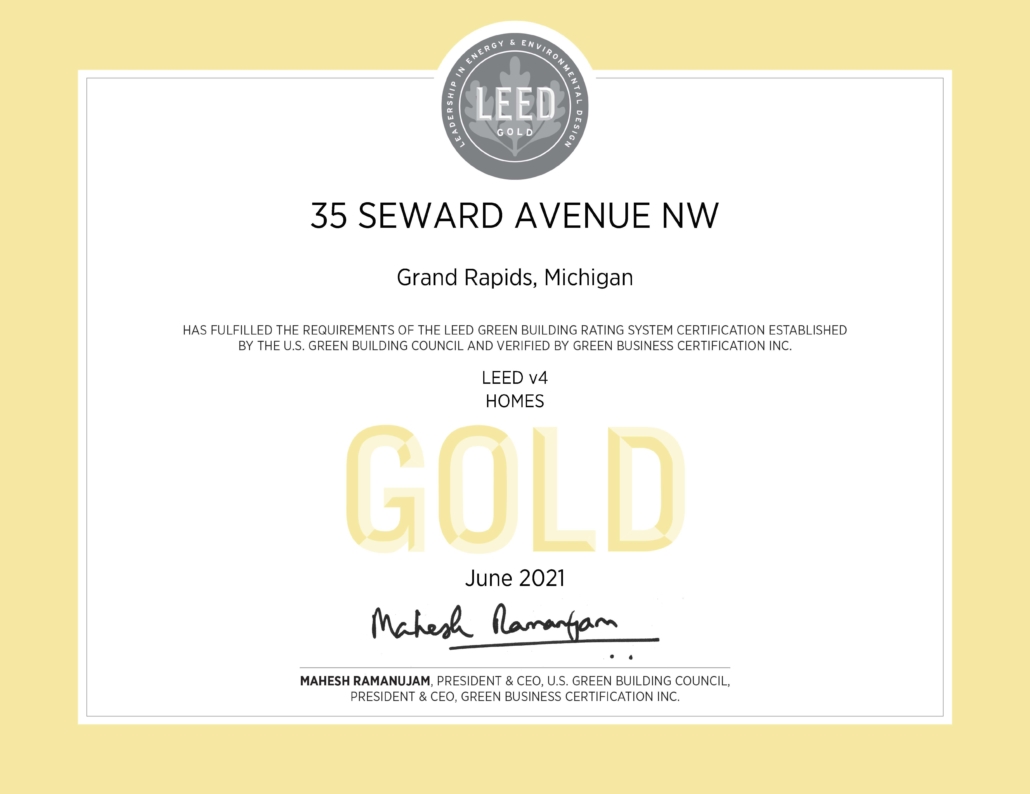
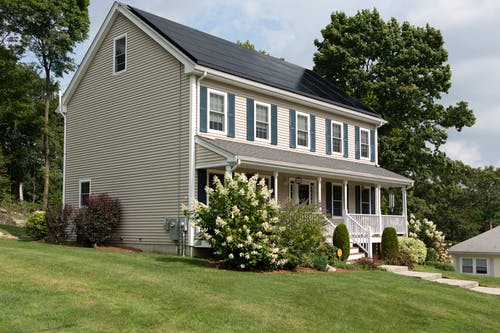



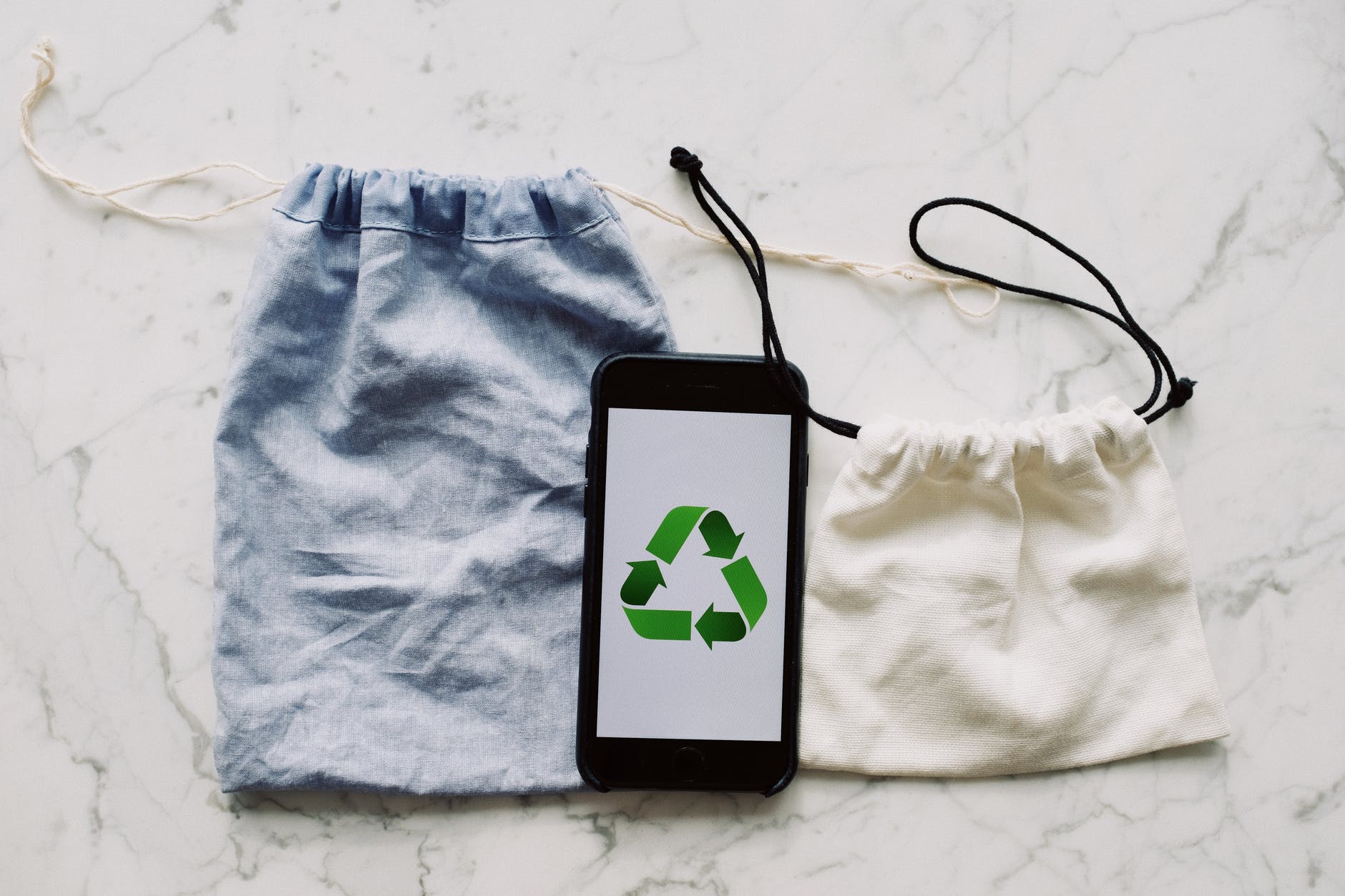
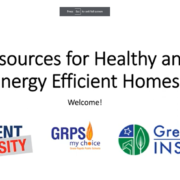

 City Manager, Fiscal Services Director/Purchasing Agent for the City of Grand Rapids, and Director of Community Health Programs at Spectrum Health. Reyna currently serves as the Executive Director of the GreenHome Institute.
City Manager, Fiscal Services Director/Purchasing Agent for the City of Grand Rapids, and Director of Community Health Programs at Spectrum Health. Reyna currently serves as the Executive Director of the GreenHome Institute.
 lead the sustainability program at Bronson Healthcare Group. Brendan has a passion to drive organizational and community development, while taking into account the people, planet, and financial success. Focusing on waste reduction, mobility, green building design, local/healthy food, green cleaning, and smarter purchasing, Brendan has helped Bronson become one of the top 50 Green hospitals in the United States as rated by the Becker Review, while also saving the organization over $2million annually. Brendan has served as past chair of the Michigan Health and Hospital Association’s Green Healthcare Committee, is also a founding board member of Bike Friendly Kalamazoo, and board president of the South West Michigan Sustainable Business Forum. He currently he serves on the board of Community Homework’s as secretary, and the Vine Neighborhood Association as vice president. When not working on sustainability issues, you can find Brendan running on trails throughout Kalamazoo.
lead the sustainability program at Bronson Healthcare Group. Brendan has a passion to drive organizational and community development, while taking into account the people, planet, and financial success. Focusing on waste reduction, mobility, green building design, local/healthy food, green cleaning, and smarter purchasing, Brendan has helped Bronson become one of the top 50 Green hospitals in the United States as rated by the Becker Review, while also saving the organization over $2million annually. Brendan has served as past chair of the Michigan Health and Hospital Association’s Green Healthcare Committee, is also a founding board member of Bike Friendly Kalamazoo, and board president of the South West Michigan Sustainable Business Forum. He currently he serves on the board of Community Homework’s as secretary, and the Vine Neighborhood Association as vice president. When not working on sustainability issues, you can find Brendan running on trails throughout Kalamazoo.





